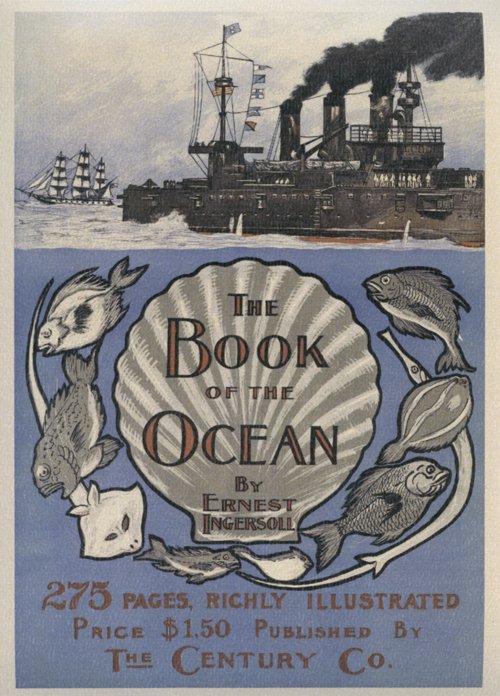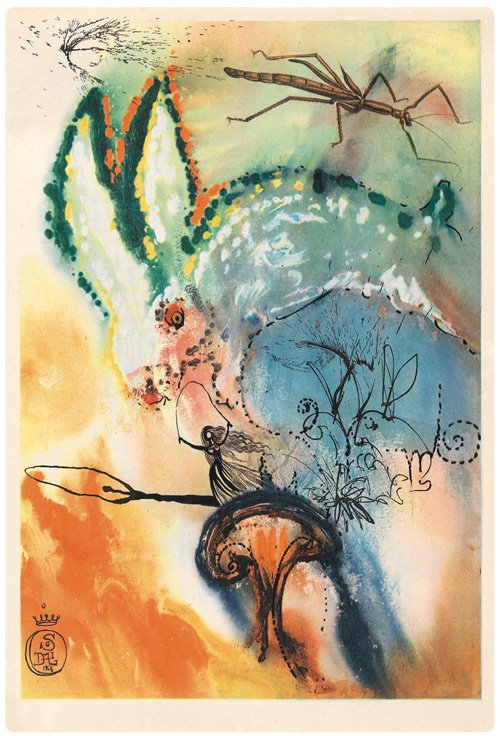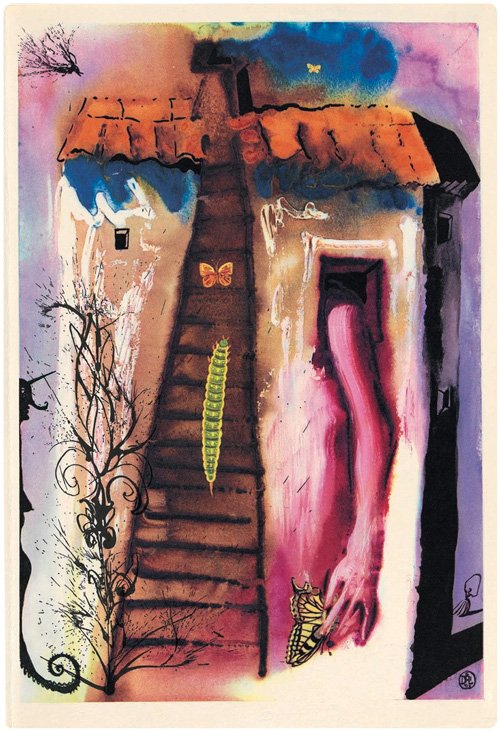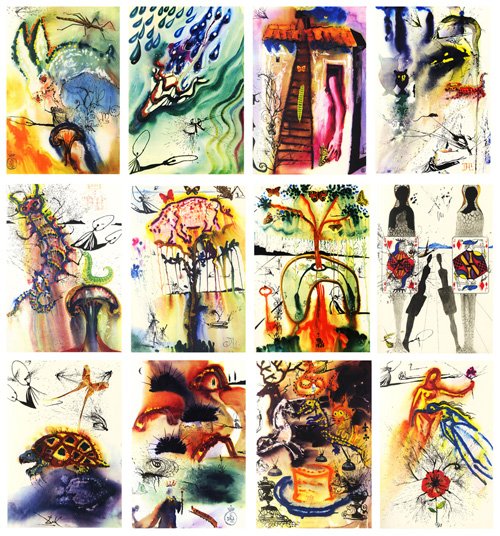Sailing into November
 Yay, November brings me a book cover I really like! It’s the light periwinkle blue that is the main attraction. It’s also apt, as a periwinkle is a type of sea snail, as well as the more familiar flower. I also like the contrast between the stylised illustration and typography of the title section, and the more realistically drawn ships above.
Yay, November brings me a book cover I really like! It’s the light periwinkle blue that is the main attraction. It’s also apt, as a periwinkle is a type of sea snail, as well as the more familiar flower. I also like the contrast between the stylised illustration and typography of the title section, and the more realistically drawn ships above.
For those of us in the southern hemisphere it’s also a lovely forecast of summer locales and shoreside festivities to come.
Happy November!
The Adventurers

Could any books seem more dissimilar? The book cover on this month’s calendar page makes me laugh, evoking as it does a story of adventurers, involved in desperate deeds. A quick read of its Wikipedia entry reveals that this book, published in 1906, is based on a true story set in Alaska about corrupt government officials seizing gold mines from prospectors. It has been made into five movies, the last being in 1955, which makes it ripe for yet another Hollywood remake.

September’s book cover, The Doctor, by Ralph Connor – which I endeavoured to ignore for the entire month – struck me as drearily designed in brown monotone. It was published in 1907, and according to reviewers on Good Reads, it is a worthy moral tale about a young countryman who overcomes poverty to realise his dreams of becoming a doctor and travelling the world.
I feel no hankering to track down and read either of them, but I certainly prefer to look at the more promising red cover.
Happy October!
Killer Diller
 When I was a young teen I went through a short period of enjoying reading the adventures of The Phantom. Those comics were probably my last foray into graphic novels, but apart from the adventuring itself, the vintage forties illustrations were particularly appealing.
When I was a young teen I went through a short period of enjoying reading the adventures of The Phantom. Those comics were probably my last foray into graphic novels, but apart from the adventuring itself, the vintage forties illustrations were particularly appealing.
 Click on the images for larger versionsOn the weekend I picked up a reproduction comic of The Phantom Versus “the Spy Ring” in an op shop for $1, and had fun reading it late yesterday evening. While this story came to a satisfactory conclusion, I had forgotten that these were serial! Damn. Now I’ll always wonder if the Phantom ever ran the spy chief Baron to ground.
Click on the images for larger versionsOn the weekend I picked up a reproduction comic of The Phantom Versus “the Spy Ring” in an op shop for $1, and had fun reading it late yesterday evening. While this story came to a satisfactory conclusion, I had forgotten that these were serial! Damn. Now I’ll always wonder if the Phantom ever ran the spy chief Baron to ground.
I was glad however that his fiancé Diana featured prominently in this story, for I enjoyed her 1940s fashions, especially this beach pyjamas ensemble complete with headscarf and high heels that she wore on the dastardly Baron Danton’s yacht.
I have always hankered for a pair of beach pyjamas, but feel stymied not only by their rarity and expense, but the lamentable fact that any vintage jumpsuit I have tried on has proven to be too short in the body for me. You can see it a bit better in this detailed scan below.
In 40s parlance, aren’t they just killer diller*?
* That would be amazing.
A Match Made in Wonderland
 While I am not a big fan of Salvador Dalí’s work, I must admit that pairing him with Lewis Carroll’s Alice’s Adventures in Wonderland (a childhood favourite of mine) was a stroke of brilliance. An editor at Random House commissioned the artist to illustrate an exclusive edition of the book in the 1960s, with all copies signed by the artist.
While I am not a big fan of Salvador Dalí’s work, I must admit that pairing him with Lewis Carroll’s Alice’s Adventures in Wonderland (a childhood favourite of mine) was a stroke of brilliance. An editor at Random House commissioned the artist to illustrate an exclusive edition of the book in the 1960s, with all copies signed by the artist.
 The book celebrated its 150th anniversary two years ago, and this edition was was published for the public by Princeton University Press. Currently in Melbourne, the Australian Centre of the Moving Image is presenting a world premiere exhibition celebrating the tale as it has appeared on film, so I’m keeping my fingers crossed that this book might be amongst the merchandise on sale.
The book celebrated its 150th anniversary two years ago, and this edition was was published for the public by Princeton University Press. Currently in Melbourne, the Australian Centre of the Moving Image is presenting a world premiere exhibition celebrating the tale as it has appeared on film, so I’m keeping my fingers crossed that this book might be amongst the merchandise on sale.
Here is the phantasmagorical result of Dalí’s reimaginings of the famous tale. Read more here.


Shipboard Romance

One of my biggest fantasies about living in the glamorous 1920s and 30s must always have been travelling abroad on a great ocean liner. Imagine the dramatic skies with seabirds wheeling overhead; the feeling of the ship moving beneath you; fascinating shipboard companions and amusing deck games; quaint cabins and trunks full of exquisite clothes of the magical era between the wars. Thus it was the cover illustrations that made today’s purchase of Ideal Book for Girls absolutely irresistible. The covers of this vintage 1920s teen girl’s storybook evoke the absolute romance and excitement of going abroad on holiday by ship.

I had a tiny taste of it a few years ago when I realised a long-held ambition: crossing the Strait of Gibraltar from Europe to Africa. I went by ferry, and it was only a short trip of a few hours, but still! I can only imagine the excitement of a young girl packing to go on holiday and being given this book to read on the journey.
I can only imagine the excitement of a young girl packing to go on holiday and being given this book to read on the journey.
I hoped this book would be full of girls having exciting adventures, but alas, these are very moral tales told in a perfunctory style, which makes me suspect each author was handed a particular moral theme by the publisher and told to write a story around it. How the reader got there didn’t really matter, as long as they arrived in a few pages.
There is a good reason this book is entitled ‘Ideal’ Book for Girls! I wonder if that young girl found herself somewhat dissatisfied when she came to the end of it?

However … let’s focus on the good stuff, which are the illustrations. I really love the back cover in particular, and am full of admiration that the spine has a separate illustration too, but it is all of 4cm wide. Page three shows a pretty watercolour of The Book-Worm lounging in a hammock, nose buried in a book. (Note the extra-long skirt fabric modestly covering the left leg.)

The rest of the illustrations throughout the book are in black and white, the drawing style so evocative of a bygone era – surely no such innocent 15 year olds exist in the world anywhere anymore. The title page illustration is very sweet, although like the bookworm, it bears no relation to the events in the stories, which are mostly set in senior high school.
I did enjoy the fact that all the schoolgirls and teachers have bobbed, marcelled hair. Though most of the characters are schoolgirls wearing uniforms, there are a few touches of contemporary fashion in the details of teachers’ outfits. In this age of very individual style, it’s quite fascinating to remember that once upon a time practically everyone dressed in the established mode.






